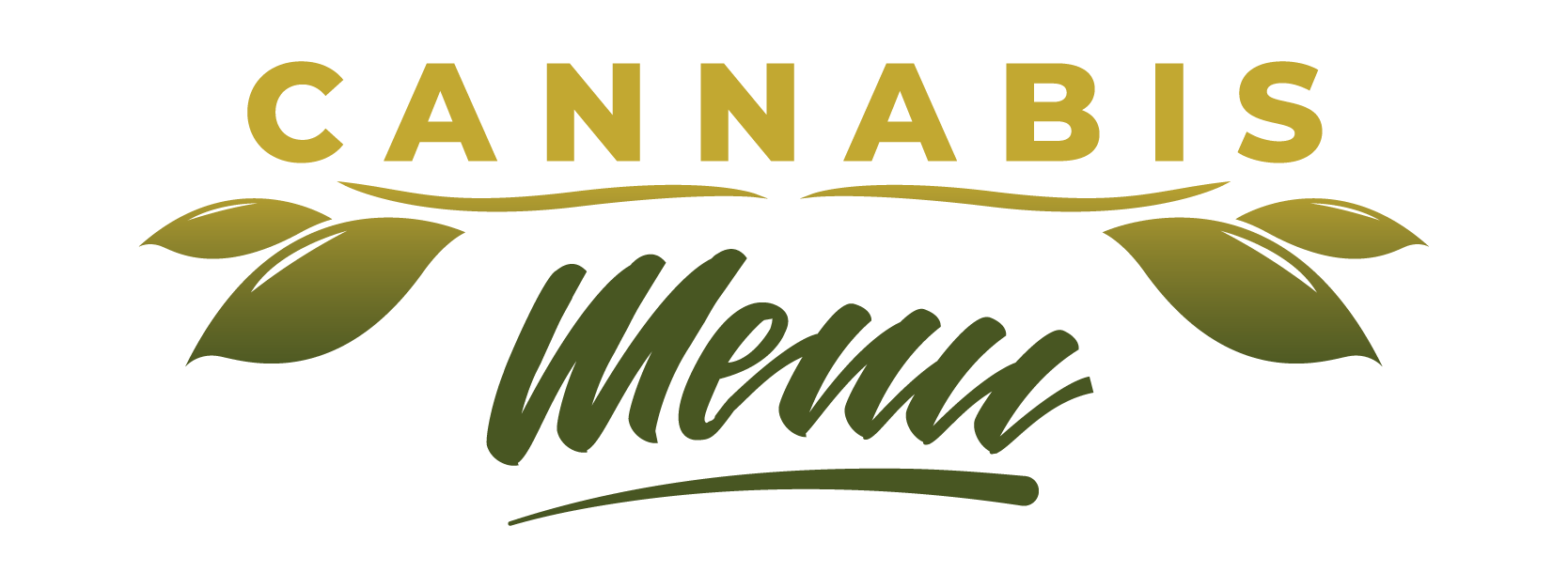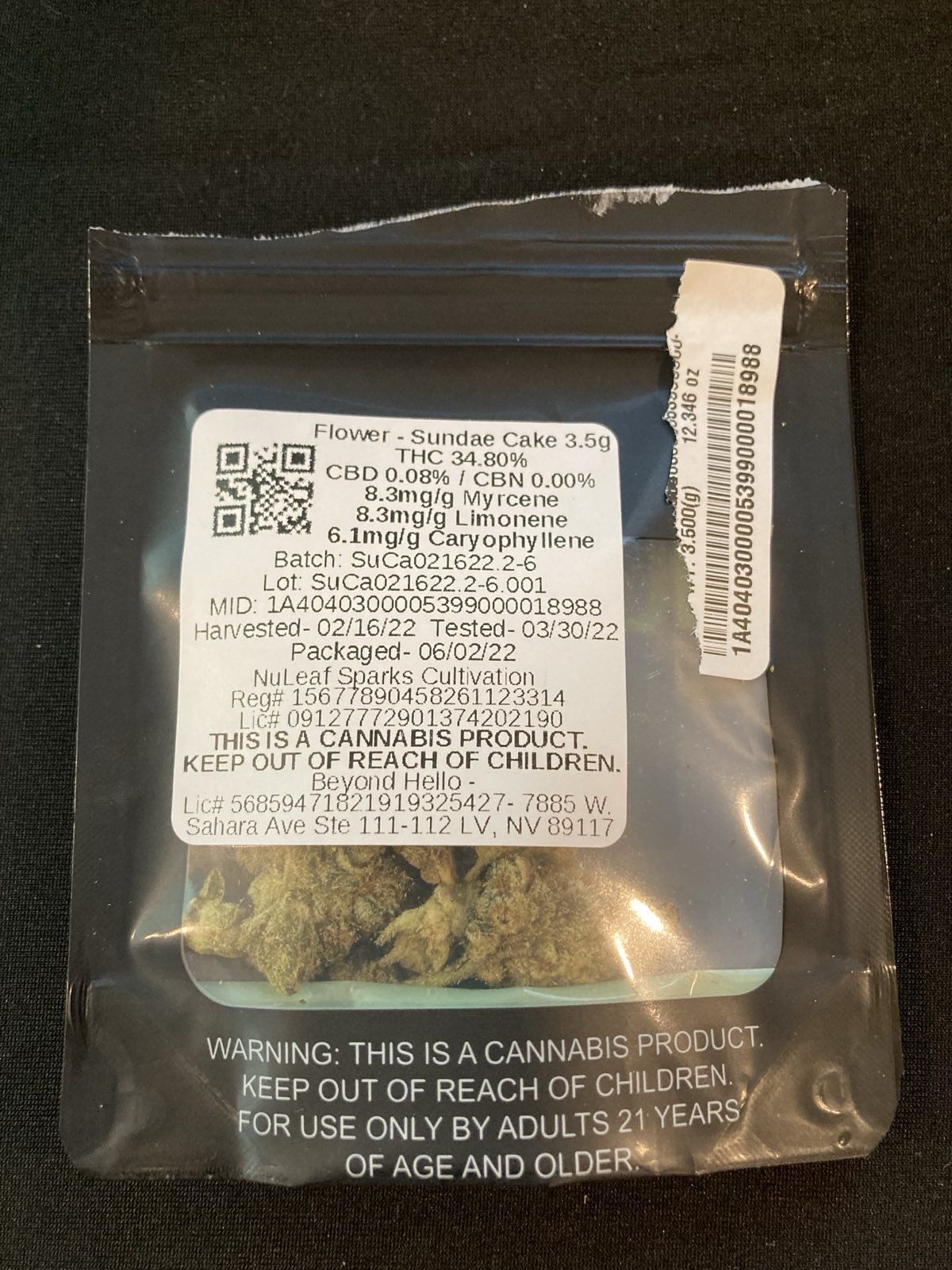As cannabis becomes increasingly accessible both medically and recreationally across the United States, understanding how to properly dose is crucial for safe and effective use. Many consumers—especially those new to cannabis—are unaware of how potency, method of consumption, tolerance, and individual body chemistry all play a role in determining the ideal dose. Long-time consumers and educators alike stress the importance of the mantra: “Start low and go slow.”
Why Dosing Matters
Cannabis affects everyone differently. Factors such as body weight, metabolism, previous experience, and even hydration levels can influence how a dose feels. Taking too much THC, the primary psychoactive compound in cannabis, can lead to uncomfortable side effects including anxiety, dizziness, paranoia, and rapid heart rate. In medical contexts, incorrect dosing may reduce treatment effectiveness or cause adverse reactions.
The purpose of proper dosing is to help users achieve their desired effects—be it pain relief, relaxation, sleep, or focus—without experiencing unpleasant symptoms. As cannabis educator and researcher Emma Chasen explains, “There’s a therapeutic window for cannabis. Below it, you may feel nothing. Above it, the experience could be overwhelming.”
Understanding Potency and THC/CBD Ratios
Cannabis potency is typically measured in milligrams (mg) of cannabinoids—primarily THC and CBD—per serving. THC is responsible for the “high,” while CBD is non-intoxicating and often used for its therapeutic properties such as reducing anxiety or inflammation.
When selecting a product, consumers should pay attention to the cannabinoid content:
- Flower (smokable cannabis) is measured by THC percentage. A strain with 15–20% THC is considered moderate, while 25% or higher is very potent.
- Edibles often range from 2.5 mg to 100 mg of THC per package, with labeled servings typically around 5–10 mg.
- Tinctures and oils list mg of cannabinoids per bottle or per dropper.
- Vape cartridges usually contain 70–90% THC by volume.
It’s important to remember that method of consumption affects how quickly and intensely effects are felt. Inhalation delivers cannabinoids almost instantly to the bloodstream, while edibles can take up to two hours to take full effect.
General Dosing Guidelines
The following are widely accepted starting points for adult consumers, according to sources like Project CBD and Leafly:
- Microdose (1–2.5 mg THC): Ideal for beginners or those seeking subtle symptom relief without intoxication. Often used for anxiety, mild pain, and focus.
- Low dose (2.5–5 mg THC): Suitable for new users looking for mild euphoria and relief from pain or stress.
- Moderate dose (5–15 mg THC): Recommended for more experienced users with some tolerance. May cause stronger euphoria and impair coordination.
- High dose (15–30 mg THC): For seasoned consumers managing significant medical symptoms such as chronic pain or insomnia.
- Very high dose (30+ mg THC): Typically reserved for patients with high tolerance or severe medical conditions and should be taken with caution.
CBD is generally well-tolerated even in high doses. When combining THC and CBD, many users prefer a 1:1 ratio, which may reduce the psychoactive effects of THC while preserving therapeutic benefits.
Start Low, Go Slow
For those new to cannabis or trying a new product type, it’s essential to “start low and go slow.” A common mistake is taking additional doses before the effects of the first have set in—especially with edibles, which can take longer to metabolize. Always wait at least 2 hours before increasing a dose.
Tolerance builds over time, particularly with daily THC use. Taking periodic breaks, known as “tolerance breaks” or “T-breaks,” can help reset sensitivity and improve efficacy.
Final Considerations
- Keep a journal to track doses, products, and effects.
- Avoid mixing cannabis with alcohol or other medications unless approved by a healthcare provider.
- Always store cannabis securely, especially edibles, to prevent accidental ingestion by children or pets.
Informed cannabis use starts with education. With a foundational understanding of potency, method, and personal response, consumers can experience cannabis safely and effectively. Proper dosing empowers individuals to take control of their wellness, whether they’re managing medical conditions or simply seeking relaxation.

